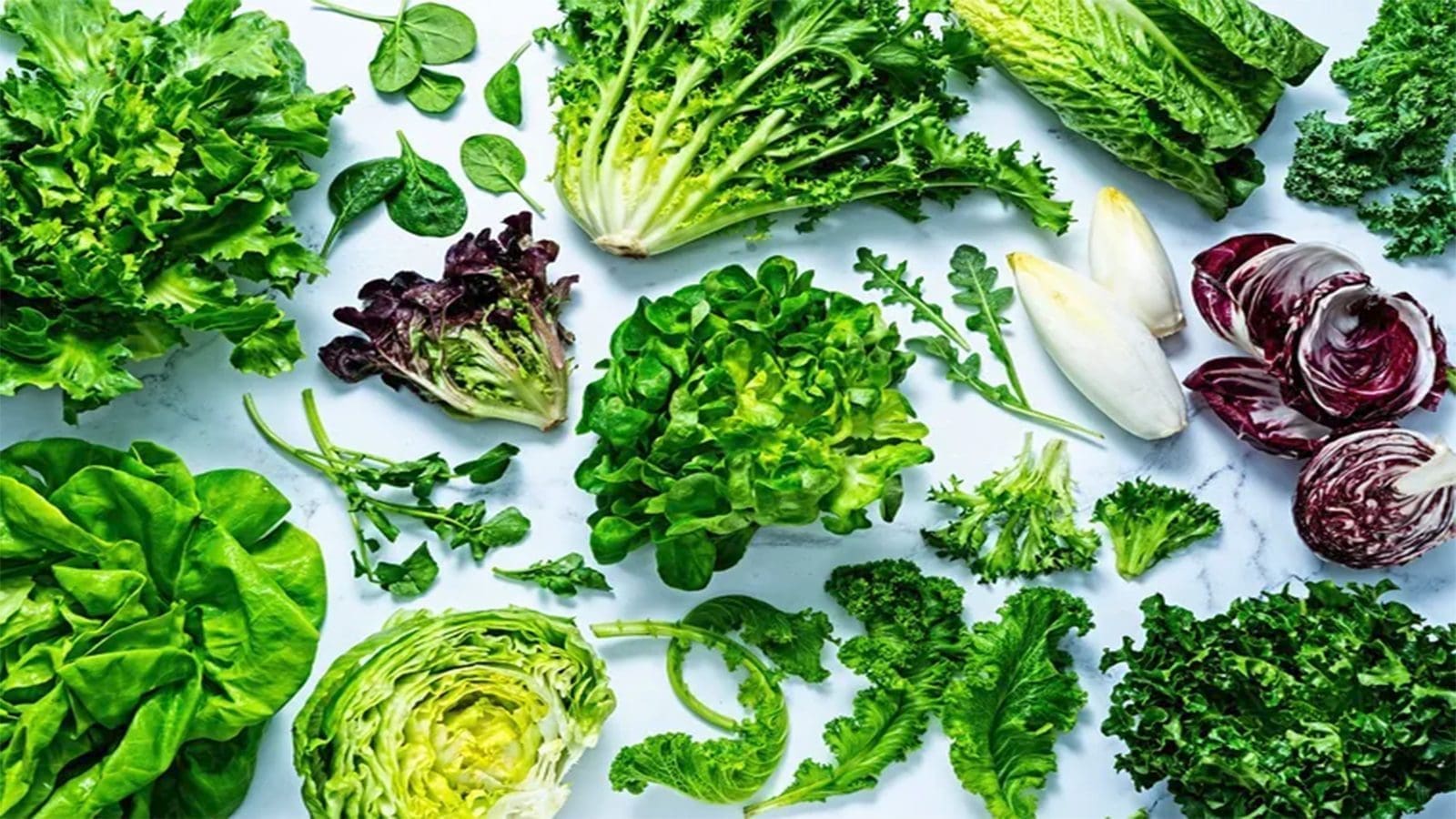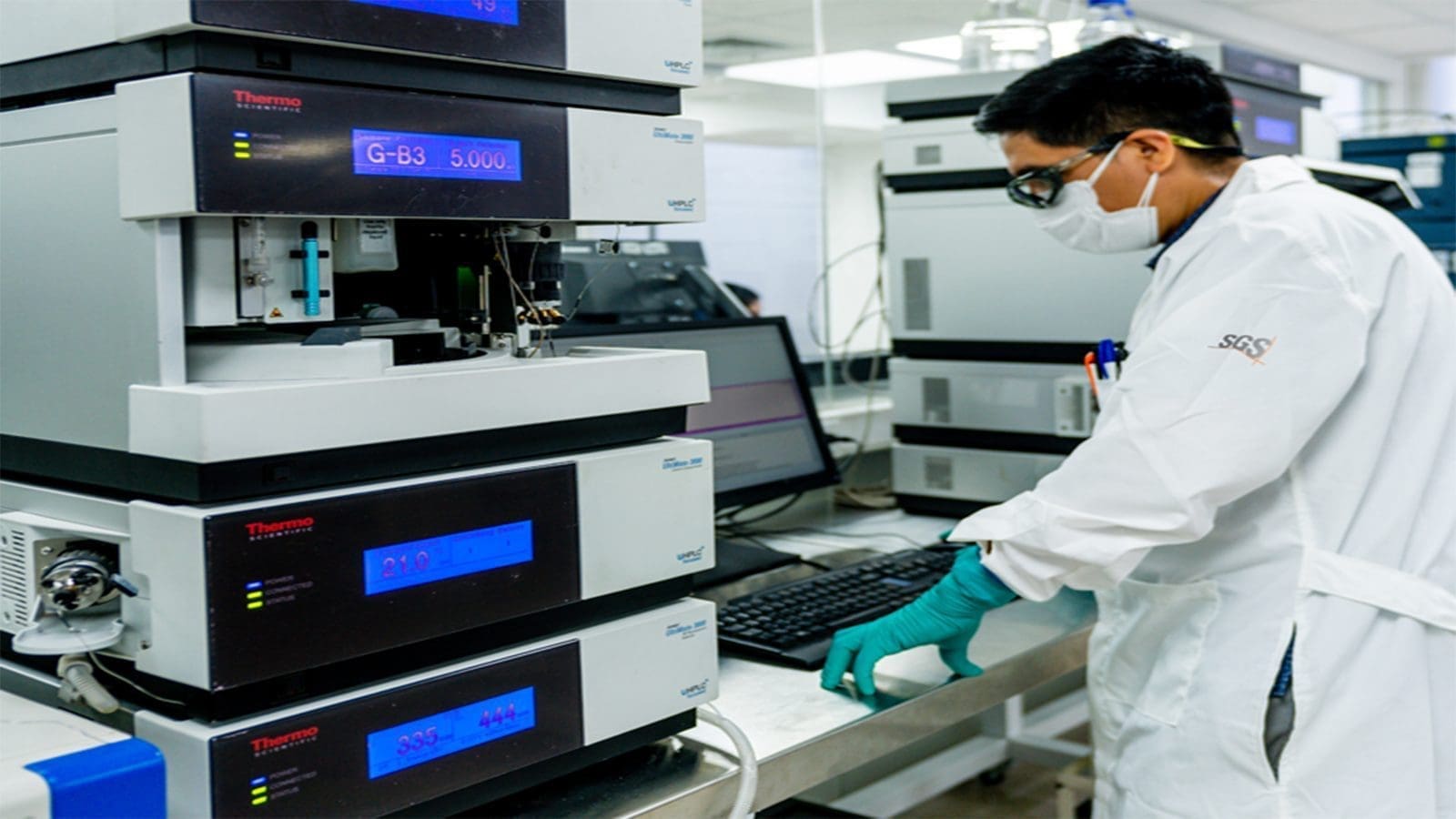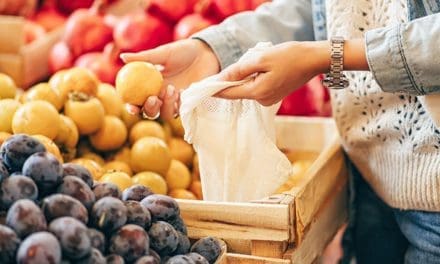SPAIN – Researchers have examined green leafy vegetables sold in Valencia, Spain, for the presence of Giardia duodenalis and Cryptosporidium oocysts and discovered a significant degree of contamination.
A total of 129 vegetable samples, including romaine, oak leaf, iceberg, and kale cabbage, were gathered for the study, 64 of which came from conventional Spanish farms and 65 from organic ones.
The study, which was published in the International Journal of Food Microbiology, discovered that 40 were overall positive.
Giardia duodenalis is spread through food when contaminated water is used for food preparation or irrigation, as well as when food handlers have inadequate hygienic and sanitary practices.
The researchers employed two strategies. Thirty of the green leafy vegetables examined contained Giardia duodenalis contamination.
Findings were deemed “doubtful” when only one approach produced a positive outcome. Six samples showed this to be the case.
Only 10 samples tested positive for Cryptosporidium, but 34 were deemed questionable.
The frequency of vegetables from organic and conventional farming was identical for samples that were confirmed to be positive.
Autumn exhibited the largest proportion of positivity. The existence of both parasites was only confirmed in two cases of iceberg lettuce from Murcia’s conventional farming, both of which were harvested in the spring.
A dozen doubtful cases of contamination by Cryptosporidium were also positive for Giardia duodenalis. One lettuce sample was positive for Cryptosporidium but doubtful for Giardia.
The discovery of the parasite via cysts, oocysts, or parasite DNA was found to be significantly correlated with organic farming, oak leaf lettuce, and samples collected in the spring.
Spring and summer were the seasons in which samples were found to be most positively disposed. This may be due to insufficient rainfall and the subsequent requirement for more irrigation, according to scientists.
They also attribute it to an increase in animal activity and animal-crop interactions.
Oak leaf is lettuce that grows in width so is likely to be entirely covered when watered, and its deformable leaves with recesses allow water to enter the internal layers.
“The high level of contamination detected in organic vegetables may be due to the type of fertilizers and the quality of the water used for their irrigation and reinforces the need to take extreme hygiene measures in vegetables that are consumed raw,” said researchers.
Parasites also detected in Italy
Meanwhile, fresh vegetables from Italy and other countries were examined in a different investigation for parasite contamination.
Four different species of Cryptosporidium and several different forms of Giardia duodenalis were found, as reported by Food Safety News.
According to the study published in the International Journal of Food Microbiology, local raspberries contained Giardia-like cysts while imported blueberries had Entamoeba histolytica.
A total of 324 packs of local RTE mixed salads from three different brands and 324 packages of blueberries from Peru, blackberries from Mexico, and raspberries from Italy were bought from supermarkets in the provinces of Bari and Foggia, Apulia.
Giardia duodenalis prevalence exhibited clear seasonality, with the majority of positives occurring in the spring, however, Cryptosporidium showed no discernible seasonal fluctuations.
“Results highlight that inadequate management of fresh produce, both locally produced and imported, along the food chain may have the potential for consequences on human health,” said researchers.
For all the latest food safety news from Africa and the World, subscribe to our NEWSLETTER, follow us on Twitter and LinkedIn, like us on Facebook and subscribe to our YouTube channel.








